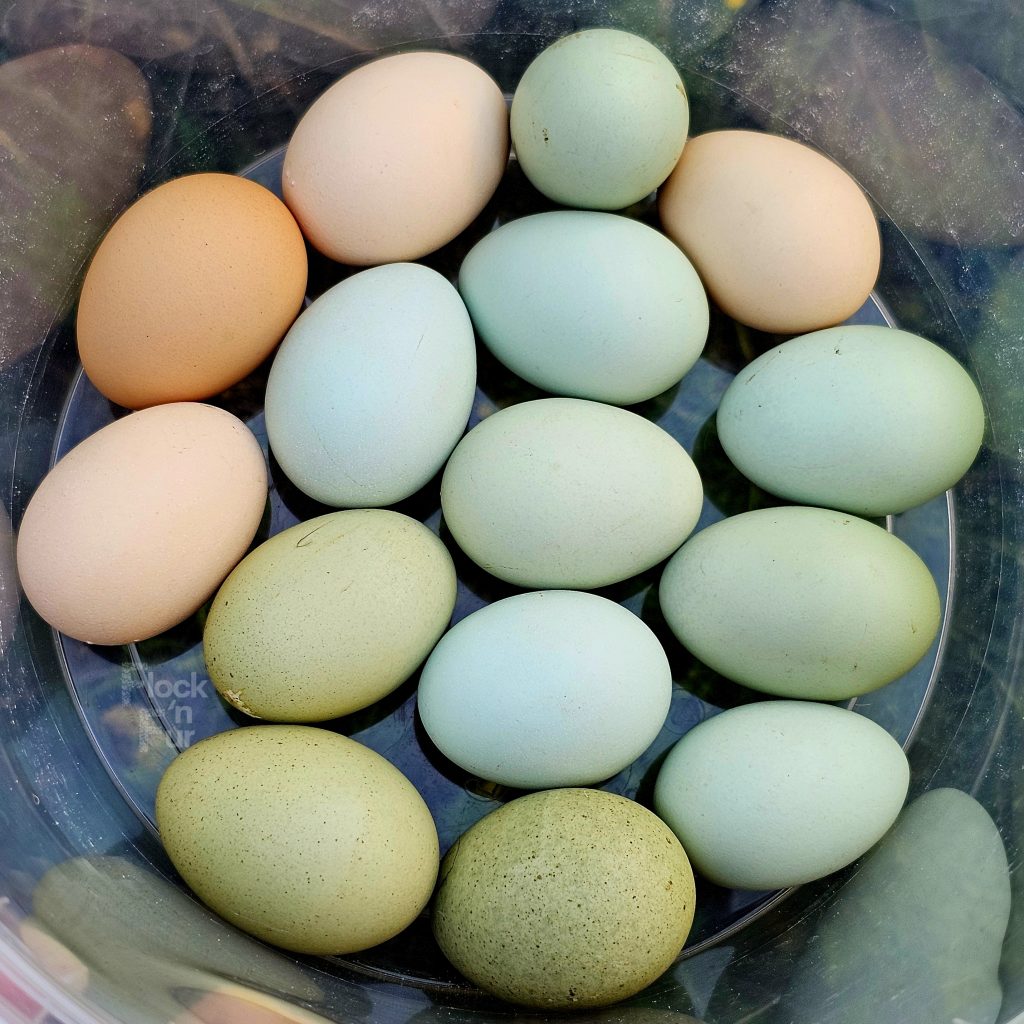
Easter Eggers: A Blend of Genetics and Unpredictability
Easter Eggers are not a breed, nor do they conform to any standard appearance. They are thus not formally recognised as a breed and are hybrid chickens admired for their ability to lay eggs in a range of pastel hues, largely due to their lineage carrying the blue egg gene. Easter Eggers can range from the mongrels of the chicken world to designer chickens, depending on the efforts of their breeders. Their potential egg colours can range from traditionally expected blue and green to pink, tan, and white, reflecting their diverse genetic background. This unpredictability and variety in appearance and egg colour make Easter Eggers particularly appealing to poultry enthusiasts.

The Origin of the Blue Egg Gene
The phenomenon often referred to as the “blue egg gene” is, in fact, the result of the oocyan gene. The oocyan phenotype is responsible for the distinctive blue egg characteristic. Studies have shown that the oocyan gene originated from a mutation caused by the insertion of a retrovirus into this genome of chickens, an event that is estimated to have occurred naturally between 200 and 500 years ago. This mutation specifically affects the SLCO1B3 gene, which is involved in the transport of biliverdin (a blue-green pigment) to the eggshell, thereby leading to the production of blue or green eggs. The oocyan gene is dominant, indicating that the presence of just one copy of this mutated gene will result in the laying of blue or green eggs. It is important to note that the base colour of the eggshell is influenced by other genes, which can interact with the oocyan gene to produce a range of colour variations. This genetic mutation occurred independently in two distinct chicken breeds: the Mapuche fowl of South America and the Dongxiang breed in Asia.
The Dongxiang chicken breed may be less familiar to Western audiences and is, in most cases, not recognised by the major Western show poultry organisations, which tend to focus on breeds originating from Europe or North America.
The Mapuche fowl, kept by the Araucana Indians in present-day Chile, led to the development of the tufted, rumpless Araucana chicken breed through the crossbreeding of different Mapuche fowl breeds. Through the rumpless Araucana breed, the unique blue egg gene has been disseminated internationally.
Breeds Carrying the Blue Egg Gene
The tufts of the rumpless Araucana chicken breed also carry a lethal gene, thus the majority of chicks die in their shells before they hatch. Do note that not all rumpless Araucanas will express the tufts. The “Rumpless Araucana” is the only “Araucana” recognised in the US today. From it, the British developed the “Long-tailed Araucana” breed and the US developed the “Ameraucana” breed – in both of these, the tufts, and thus the lethal gene, have been largely bred out. The Silverudd’s Blue, and Cream Legbar were developed from these breeds.
The only widely recognised breeds that consistently carry two copies of the blue egg (oocyan) gene:
- (US) Rumpless Araucana
- (British Long-tailed) Araucana
- Ameraucana
- *Silverudd’s Blue
- Cream Legbar
This genetic makeup ensures the reliable production of blue eggs, a trait highly valued by breeders focusing on this specific characteristic. Note that SASPO does not yet formally recognise Silverudd’s Blue but has standards for the other four breeds.
* The Silverudd’s Blue is also a hit or miss – as they are an incomplete project. Martin Silverudd passed away before he could complete it and fully lock the lines on two blue egg genes. This is now up to us.
Understanding the Importance of Two Copies of the Blue Egg Gene
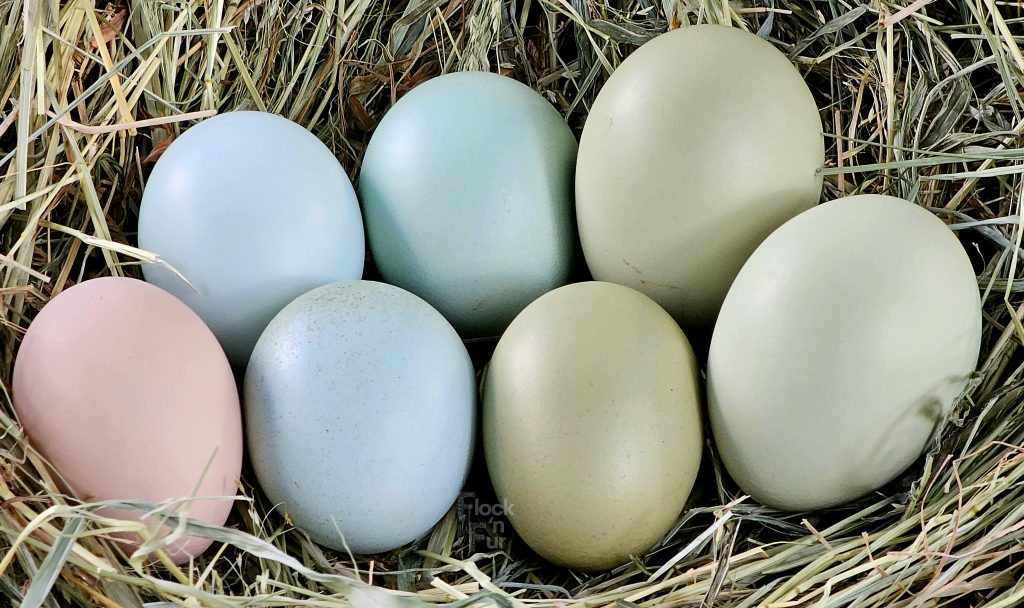
For chicken breeders aiming to produce chickens that lay distinctive blue or green eggs, having two copies of the blue egg gene is crucial. When a chicken inherits two copies of this gene, it ensures that all its offspring will inherit at least one copy, guaranteeing the propagation of the blue or green egg-laying trait. This genetic assurance arises from the dominant nature of the blue egg gene, which dictates that even a single copy can influence egg colour, resulting in offspring capable of laying blue or green eggs, regardless of the genetic makeup of the other parent. However, with only one blue egg gene, the likelihood of the offspring inheriting this trait decreases to 50%, resulting in a variety of egg colours among the offspring.
If you are not interested in breeding, then whether a chicken carries only one or two copies of the blue egg gene is irrelevant. Contrary to popular belief, having two copies of the blue gene does not make the eggs bluer than those of a hen that has only one copy. Having two copies of the gene only matters when interested in breeding, and more so only when interested in having ONLY green and blue eggs. If you are not interested in breeding and are not interested in exclusively breeding hens that lay green and blue eggs, then having one or two copies of the blue egg gene is irrelevant to you.
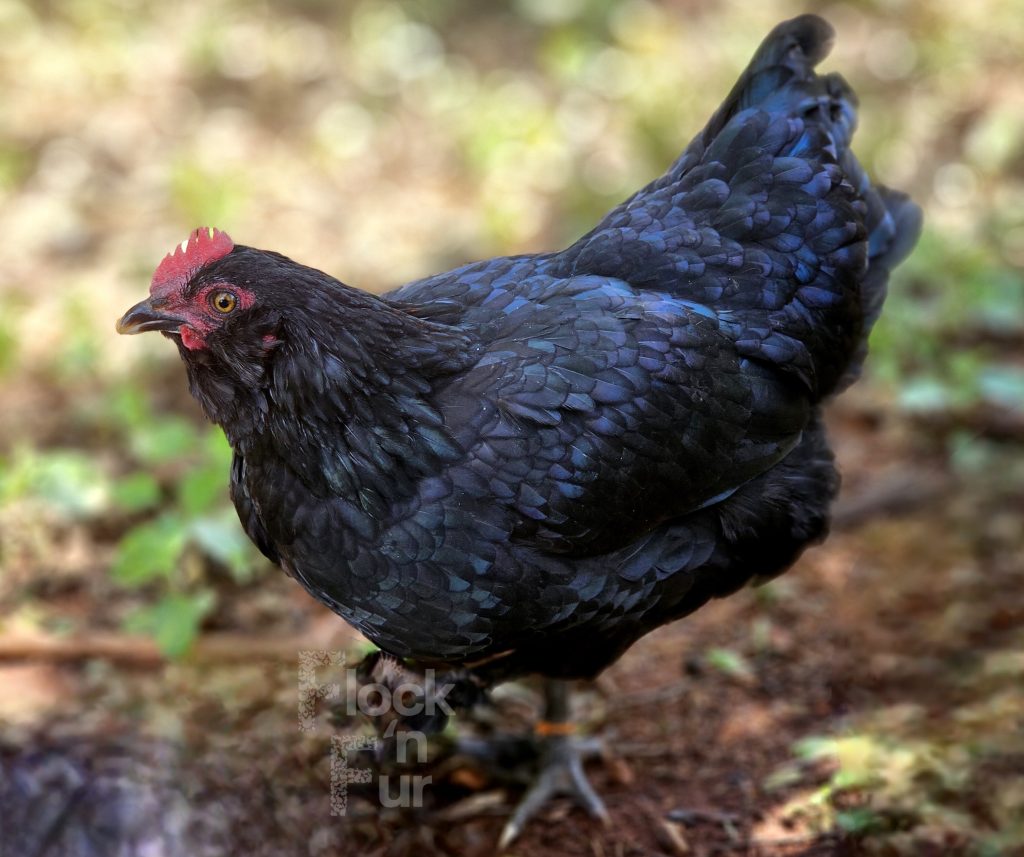
The Complexity of Breeding for the Blue Egg Gene
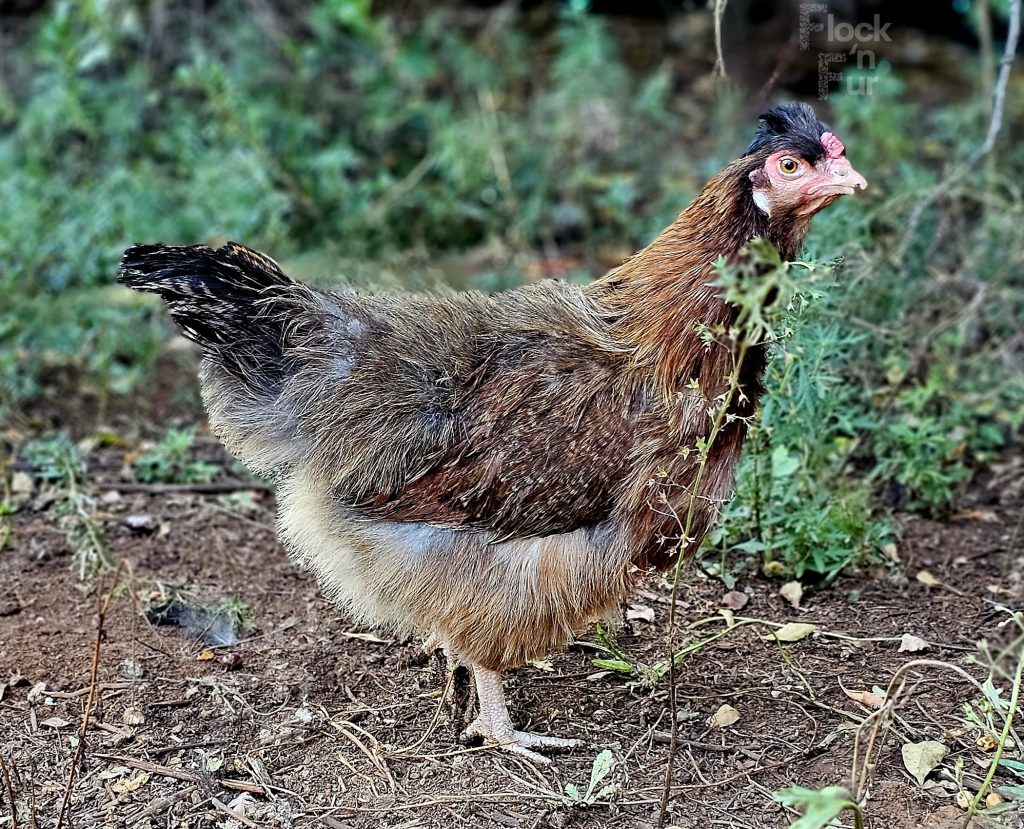
Breeding with the goal of achieving specific egg colours, particularly for those interested in producing Easter Eggers with a particular egg hue, requires a deep understanding of chicken genetics. The process involves strategic mating to secure the desired gene combination, along with careful selection over generations to consolidate the trait.
Determining the Presence of Two Blue Egg Genes
To identify chickens with two copies of the blue egg gene, breeders can either have them lab tested or use a strategic mating plan. By pairing a suspected double blue gene carrier with a pure white egg layer, the resulting offspring’s egg colours can indicate the parent’s genetic composition. Although this method is time-consuming and requires thorough record-keeping, it can confirm the presence of two blue egg genes in chickens, allowing breeders to achieve consistency in egg colour production. Full details on this process here: Breeding for the Blue Egg Gene.

The Allure of Diverse Egg Colours
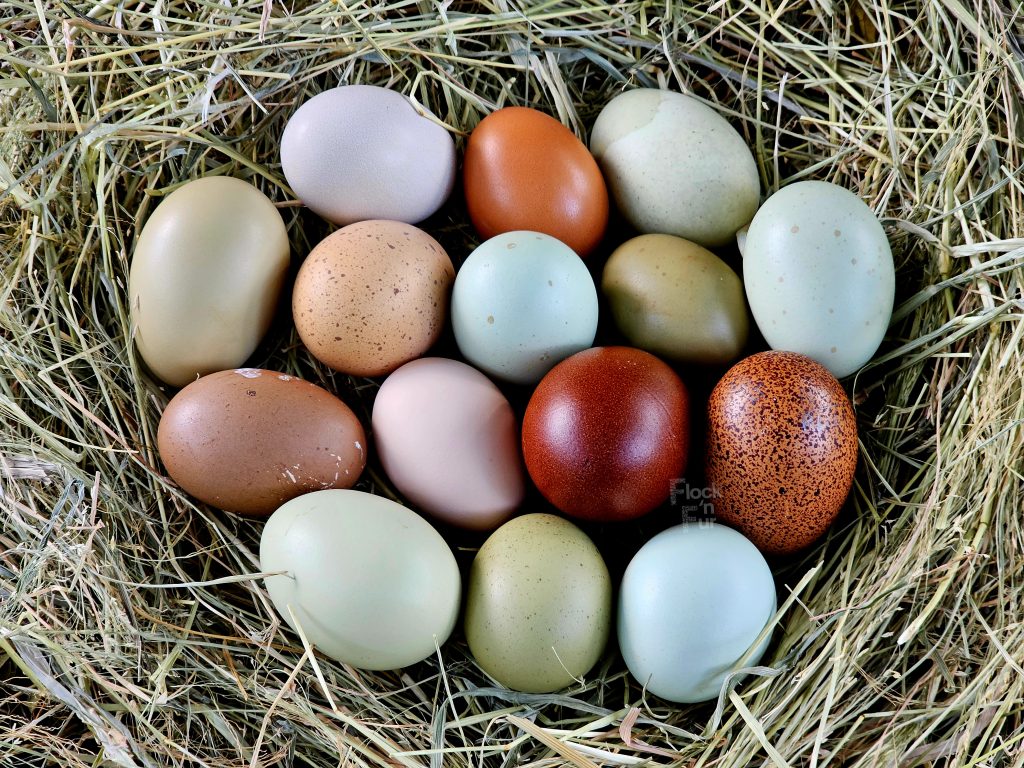
While many are attracted to Easter Eggers for their potential to lay blue and green eggs, it is the range of possible egg colours that adds to their appeal. From maroon to grey, white and pink, the unpredictability of egg colours in Easter Eggers makes them a fascinating subject for those less concerned with genetic specifics and more captivated by the aesthetic diversity of having a full spectrum of colourful eggs in their egg basket.
Easter Eggers exemplify the captivating diversity of the poultry world, offering a spectrum of egg colours that extends well beyond the traditional blue and green. For enthusiasts and breeders alike, delving into breeding Easter Eggers or selecting for specific egg colours is both a challenge and a pleasure, showcasing the intricate interplay of genetics and the joy of discovery.
